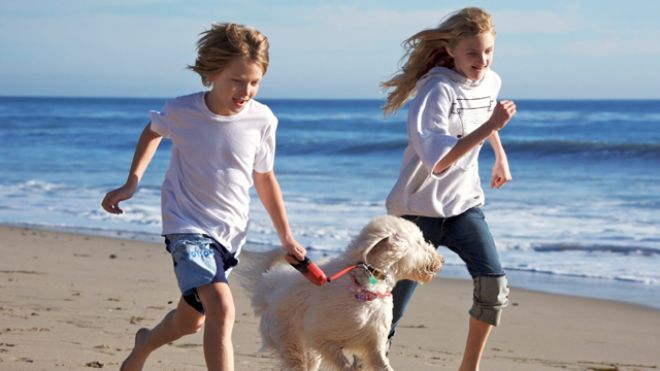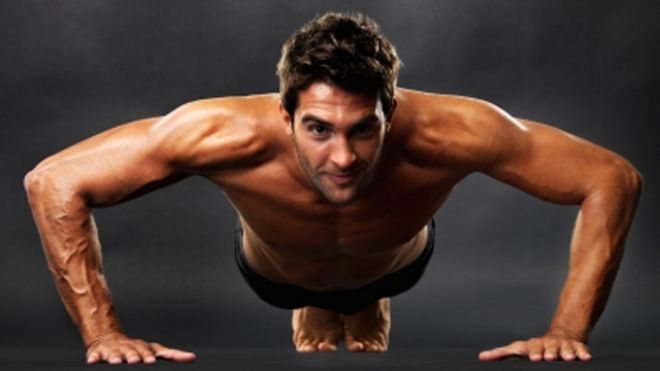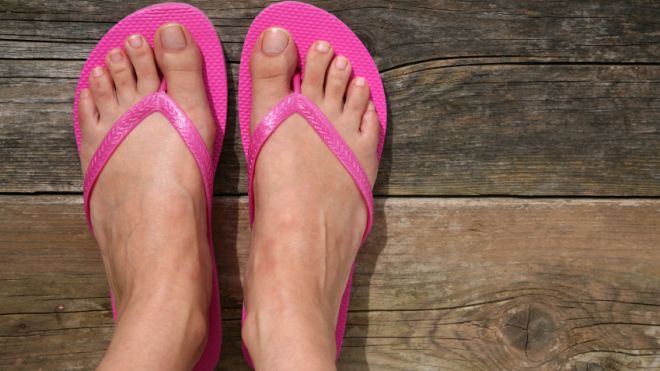5 ways to shed weight for summer
Memorial Day Weekend kicks off bathing suit season – and diet season, too. Tempting as it may be to go on a crash diet to shed some extra pounds, think again. Starving yourself skinny is neither easy nor healthy. And quick fix diets, if they work at all, don’t keep weight off for very long. The truth is, you can eat well, enjoy treats, drink alcohol, and still lose weight. Here’s how: Eat more to lose more Restricting food can actually slow down your metabolism. Why walk around hungry when you can fill up on delicious foods that are satisfying and naturally low in calories? The secret is to eat foods that are high in fiber, such as fruits and vegetables - some have a few as 25 calories per cup.   Sip more water Did you know that dehydration mimics the symptoms of hunger?  For good health and to keep hunger at bay your goal should be to drink eight 8-oz glasses of water a day. It’s easy to do if you keep a full glass on your desk at work and pack a water bottle when you are on the go. Give ordinary water a favor boost with sugar-free powdered flavoring, some fresh fruit wedges, or some cool refreshing cucumber slices. Get moving You don’t have to go for a run to lose weight.  Your best bet is to focus on simple strength training. By building muscle you stoke your body’s calorie-burning machine while giving your body a lean, toned look.  Do this a variety of ways: resistance exercises, hand weights, yoga, or take a Pilates class. Spice it up Spicy foods have metabolism boosting properties. Chili, red pepper, cayenne, cinnamon and ginger all raise the body’s temperature and heart rate, which in turn actually burns more calories.   Banish bloating Salty foods can leave you looking and feeling bloated and you can counter that by eating foods that are rich in potassium such as bananas, papayas, kiwis, strawberries, spinach, cooked beets and broccoli.     For more tips, delicious high fiber meal plans, recipes, and proven ways to lose weight and look great, check out my new book The Miracle Carb Diet: Make Calories and Fat Disappear – with Fiber! Tanya Zuckerbrot MS, RD, is a registered dietitian in New York City and the bestselling author of The Miracle Carb Diet: Make Calories and Fat Disappear – with fiber, and The F-Factor Diet: Discover the Secret to Permanent Weight Loss.  Follow Tanya on Facebook, Twitter and LinkedIn, and visit her website Ffactor.comsource : http://www.foxnews.com/health/2013/05/28/5-ways-to-shed-weight-for-summer/





